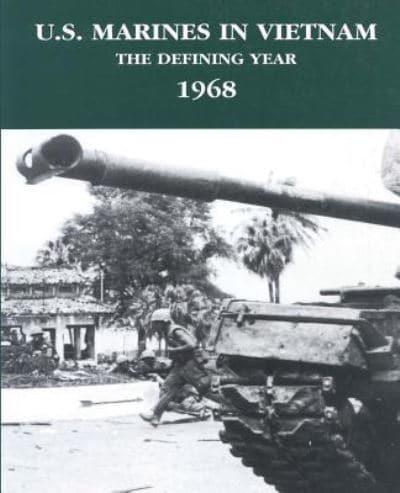Publisher's Synopsis
This is the last volume, although published out of chronological sequence, in the nine-volume operational history series covering the Marine Corps' participation in the Vietnam War. A separate functional series complements the operational histories. This book is the capstone volume of the entire series in that 1968, as the title indicates, was the defining year of the war. While originally designed to be two volumes, it was decided that unity and cohesion required one book. The year 1968 was the year of the Tet Offensive including Khe Sanh and Hue City. These were momentous events in the course of the war and they occurred in the first three month s of the year. This book, however, documents that 1968 was more than just the Tet Offensive. The bloodiest month of the war for the U.S. forces was not January, nor February 1968, but May 1968 when the Communists launched what was called their "Mini-Tet" offensive. This was followed by a second "Mini-Tet" offensive during the late summer which also was repulsed at heavy cost to both sides. By the end of the year, the U.S. forces in South Vietnam's I Corps, under the III Marine Amphibious Force (III MAF), had regained the offensive. By December, enemy-initiated attacks had fallen to their lowest level in two years. Still, there was no talk of victory. The Communist forces remained a formidable foe and a limit had been drawn on the level of American participation in the war. Although largely written from the perspective of III MAF and the ground war in I Corps, the volume also treats the activities of Marines with the Seventh Fleet Special Landing Force, activities of Marine advisors to South Vietnamese forces, and other Marine involvement in the war. Separate chapters cover Marine aviation and the single manager controversy, artillery, logistics, manpower, and pacification. Like most of the volumes in this series, this has been a cumulative history.









